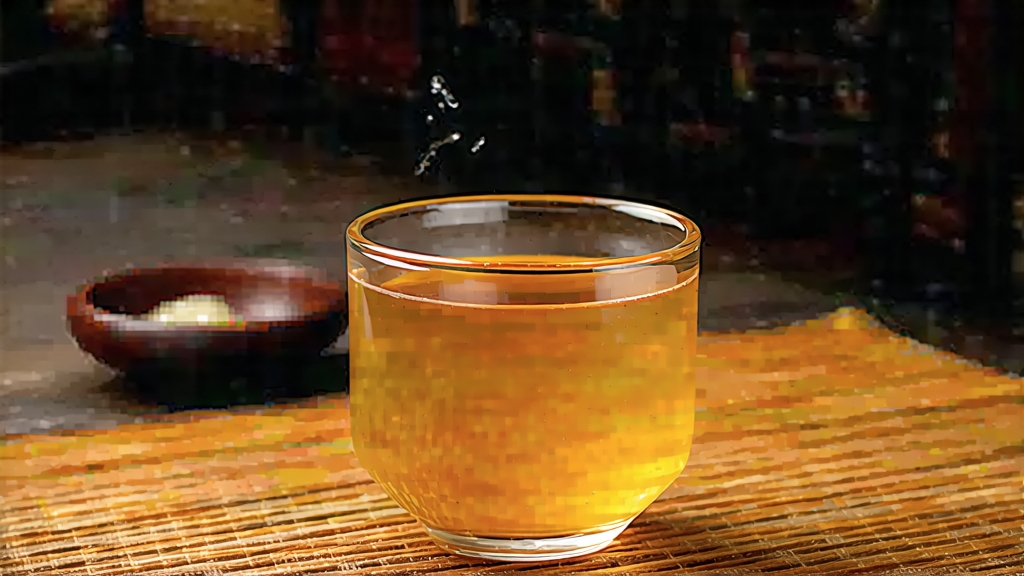
Hidden in the rocky folds of Phoenix Mountain in northern Guangdong Province, Phoenix Dancong (Fenghuang Dancong) is one of China’s most perfumed oolongs. Unlike blended teas, each Dancong comes from a single, old tree or a small grove of genetically identical trees, preserving fragrances that mimic honey, orchid, almond, ginger flower or even ripe mango. International drinkers often call it “the aromatherapy of tea,” yet its story begins with Song-dynasty imperial tribute, winds through 900 years of cliff-edge gardens, and ends—or rather continues—in tiny Chaozhou teahouses where three tiny cups can sing for two hours.
History and legend
Local chronicles say that during the Southern Song (1127-1279) imperial examiners traveling to Guangdong rested at Wudong village. Monks served them a tea so fragrant that one scholar carried the leaves to Hangzhou court. The emperor declared it “ tribute tea,” and court poets praised its “mountain soul lingering in the throat.” By the Qing, merchants from Shantou exported Dancong to Southeast Asia via the Maritime Silk Road; Chaozhou migrants later planted cuttings in Thailand and Malaysia, creating overseas “Phoenix villages” whose descendants still return each spring to buy fresh tea.
Terroir and old trees
Phoenix Mountain is a granite spine punched through subtropical clouds. Elevation ranges from 350 m to 1 300 m; the highest villages—Wudong, Daping, Shihumen—sit above the perpetual fog line. Age is everything: a 200-year-old tree yields only 2–3 kg of finished leaf each April, but the resinous roots pull minerals from fissured rock, translating into a stony depth that young plantations cannot fake. There are no terraces; trees grow scattered among sweet gum, pomelo and cinnamon shrubs, creating a natural insectary that reduces pesticide need. Night temperatures drop 10 °C, locking floral volatiles into the tender leaves.
Varietal alphabet: from “Song Zhong” to “Ya Shi”
More than 80 aromatic profiles have been catalogued by local agronomists, each tied to a mother tree. The most celebrated include:
• Song Zhong (Song cultivar) – the original imperial clone, orchid aroma with lychee sweetness.
• Mi Lan Xiang (Honey-orchid) – caramel body, lingering gardenia finish; the export darling.
• Huang Zhi Xiang (Orange-gardenia) – bright citrus top note, medium roast.
• Zhi Lan Xiang (Orchid) – soft, powdery, like walking through a hothouse.
• Ya Shi Xiang (Duck-shit aroma) – the prankster name hides a creamy, tropical bouquet; most requested by millennials.
Despite the whimsical names, every Dancong is Camellia sinensis var. sinensis; fragrance differences arise from terroir, tree age, and roasting artistry.
Craft: the four rhythms
- Plucking: only the middle 3–4 leaves are taken when the leaf edge turns slightly upward, usually between 20 March and 10 April. Stems are kept for slow oxidation.
- Solar withering: trays are set on bamboo racks for 20 minutes of gentle morning sun, followed by shade; moisture drops to 65 %.
- Shaking and bruising: the critical “green-making” happens overnight. Leaves are tossed in a bamboo drum every hour; edges bruise, triggering enzymatic reactions that convert leaf alcohols into linalool and geraniol—the molecules behind orchid and honey notes.
- Oxidation arrest: when fragrance peaks (often at 3 a.m.), the tea master fires a 260 °C wood-fired wok, hand-pressing leaves for 3 minutes to kill-green. Oxidation is halted at 30–35 %, higher than Tie Guan Yin but lower than Da Hong Pao.
- Rolling & striping: leaves are wrapped in cotton cloth, rolled into tight strips that resemble dark green eyebrows.
- Charcoal baking: the soul of Dancong. Using lychee or longan charcoal, the tea is baked in small batches at 80 °C for 6–8 hours, rested for 20 days, then rebaked up to three times. Each cycle deepens the “mountain base,” tames astringency, and fixes the signature aroma. A master can read the fire by listening: a soft hiss means